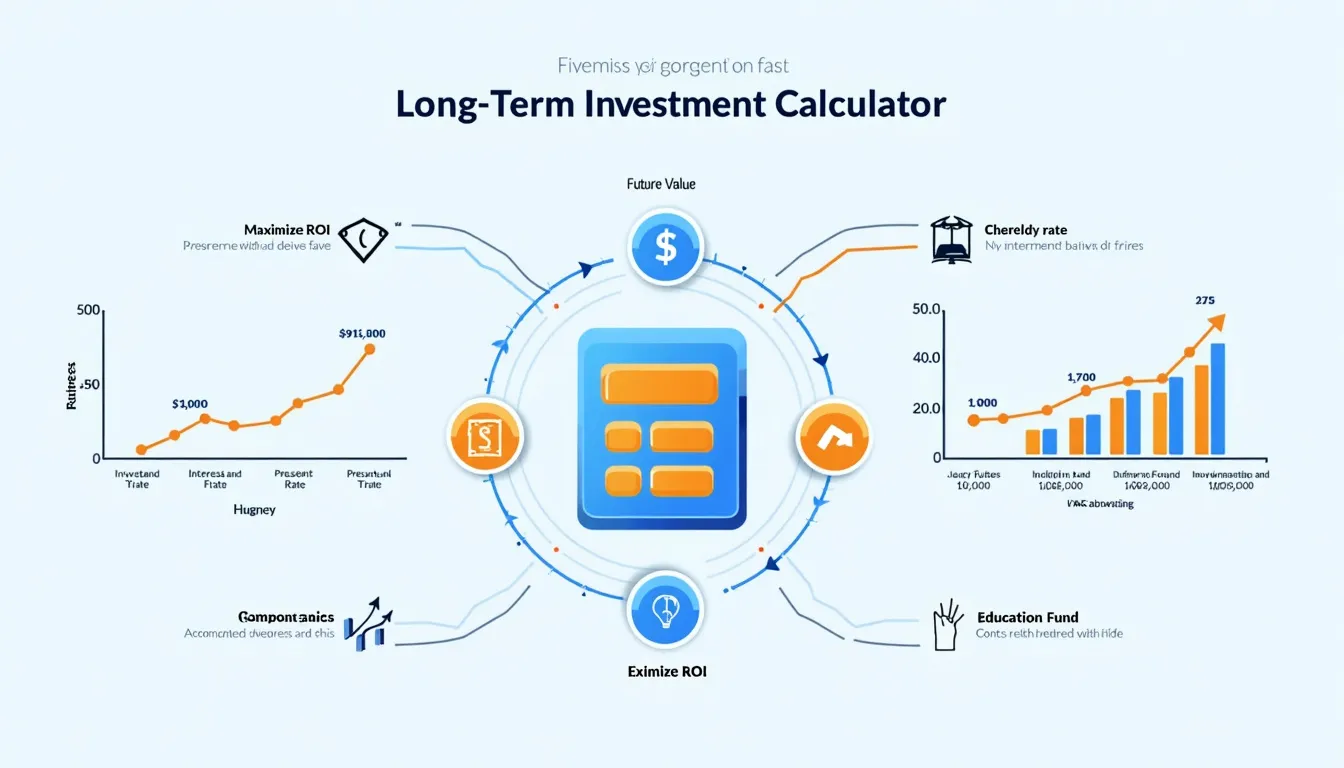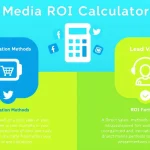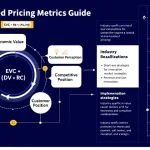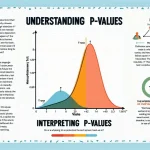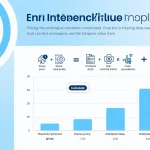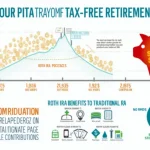Long-term Investment Calculator
How to use the tool
- Select what you need—Future Value (FV), Present Value (PV) or annual Interest Rate (i).
- Enter the variables.
Example A: PV = $8 000, i = 4 %, n = 15 years.
Example B: FV = $100 000, PV = $20 000, n = 30 years. - Press “Calculate”. The answer appears instantly below the form.
- Test scenarios. Change one field at a time to see how compounding scales results.
Formulas used
- Future Value: $$FV = PV \times (1+i)^{n}$$
- Present Value: $$PV = FV \times (1+i)^{-n}$$
- Interest Rate: $$i = (FV/PV)^{1/n} – 1$$
Example calculations
Example 1 – Future Value
PV = $8 000, i = 4 %, n = 15:
$$FV = 8\,000 \times (1+0.04)^{15} \approx 8\,000 \times 1.80178 = 14\,414.24$$
Example 2 – Present Value
FV = $100 000, i = 5 %, n = 18:
$$PV = 100\,000 \times (1+0.05)^{-18} \approx 100\,000 / 2.406 = 41\,563.53$$
Example 3 – Interest Rate
PV = $30 000, FV = $120 000, n = 20:
$$i = (120\,000/30\,000)^{1/20} – 1 \approx 0.0718 = 7.18\%$$
Quick-Facts
- Average S&P 500 total return 1926–2023: 10.0 % (S&P Dow Jones Indices, 2024).
- National savings-account yield March 2024: 0.46 % (FDIC Weekly National Rates, 2024).
- ISO 21378:2020 defines compound ROI audit trails (ISO, 2020).
- SEC Investor Bulletin recommends compound projections for retail tools (SEC, 2023).
What does the long-term investment calculator do?
The tool solves for one unknown—FV, PV, annual rate or years—by applying time-value-of-money equations with annual compounding, the same formulas taught in graduate finance texts (Bodie et al., 2021).
How does compound interest grow money?
Interest gets added to principal, and future interest earns on that larger balance, so growth accelerates exponentially; Albert Einstein called it “the eighth wonder of the world” (Investopedia, 2024).
Which variable boosts future value the most?
Extending time usually beats raising rate or principal because each extra year multiplies every prior period’s growth factor $$ (1+i) $$ (Vanguard, 2022).
How do I model monthly or quarterly compounding?
Divide the annual rate by the number of periods per year and multiply years by the same factor; the SEC uses that exact adjustment in its compound-interest worksheets (SEC, 2023).
Does the tool adjust for inflation?
No. Compare the calculated FV with an inflation-adjusted target by discounting at the Consumer Price Index; U.S. CPI averaged 3.1 % over 1923-2023 (BLS, 2023).
How precise is the interest-rate output?
The script rounds the rate to two decimals; feeding more significant digits into FV and PV tightens accuracy because exponentiation magnifies rounding error (Morningstar Methodology, 2023).
Why must years be greater than zero?
A zero exponent wipes out growth, and zero in the denominator breaks the interest-rate formula; validation blocks those math errors (ISO 21378:2020 s.5.2).
Where do the formulas come from?
They follow the present-value algebra in CFA Institute’s curriculum and match the notation in “Investments” by Bodie, Kane & Marcus (2021), making them industry standard.
Is this tool helpful?
Important Disclaimer
The calculations, results, and content provided by our tools are not guaranteed to be accurate, complete, or reliable. Users are responsible for verifying and interpreting the results. Our content and tools may contain errors, biases, or inconsistencies. We reserve the right to save inputs and outputs from our tools for the purposes of error debugging, bias identification, and performance improvement. External companies providing AI models used in our tools may also save and process data in accordance with their own policies. By using our tools, you consent to this data collection and processing. We reserve the right to limit the usage of our tools based on current usability factors. By using our tools, you acknowledge that you have read, understood, and agreed to this disclaimer. You accept the inherent risks and limitations associated with the use of our tools and services.
